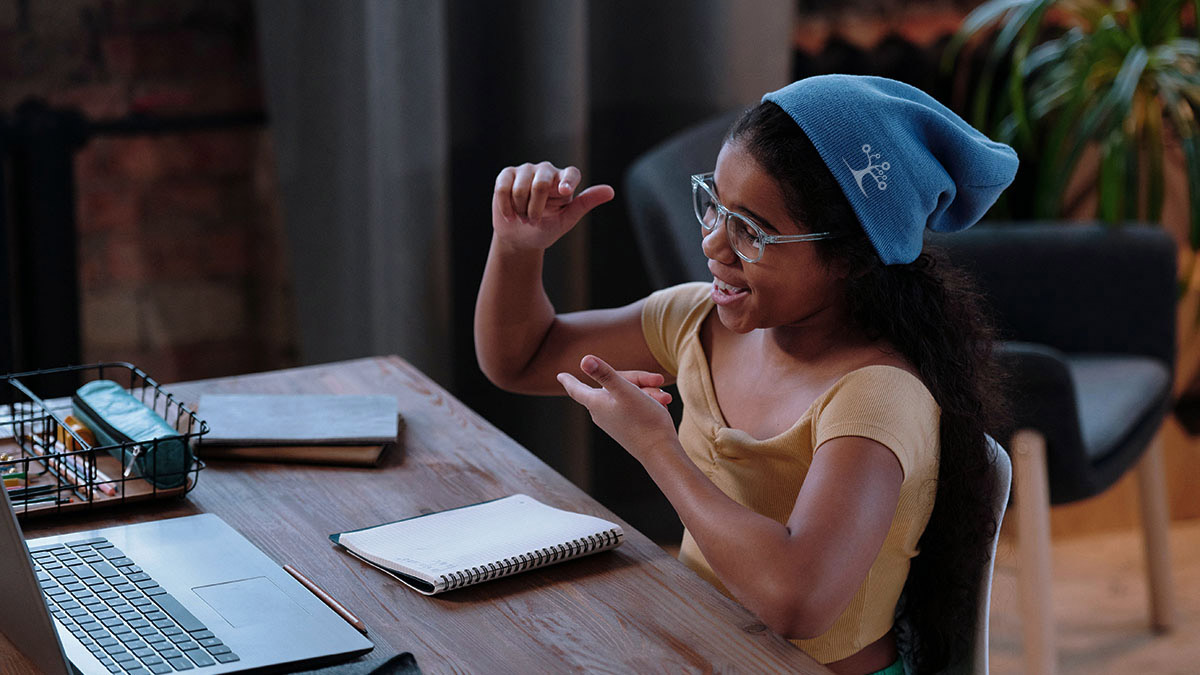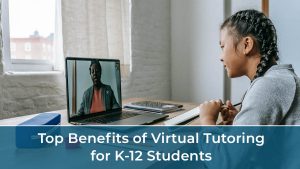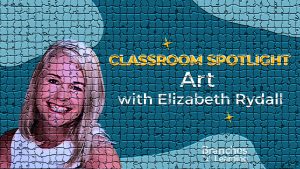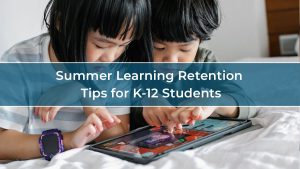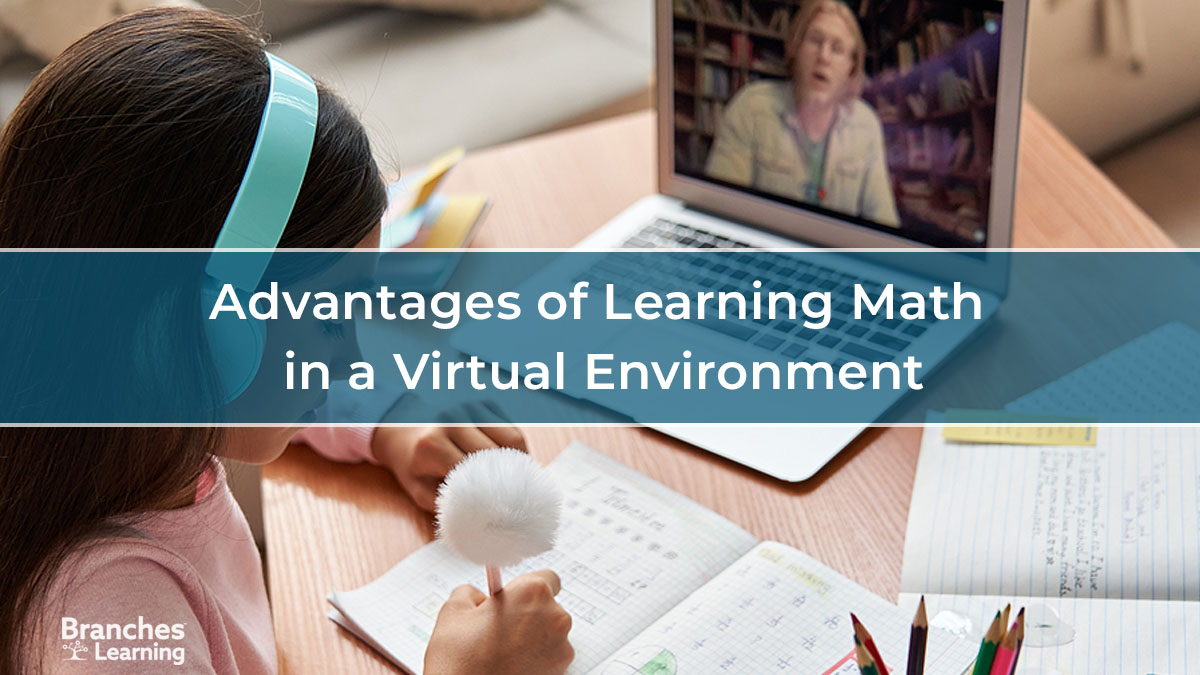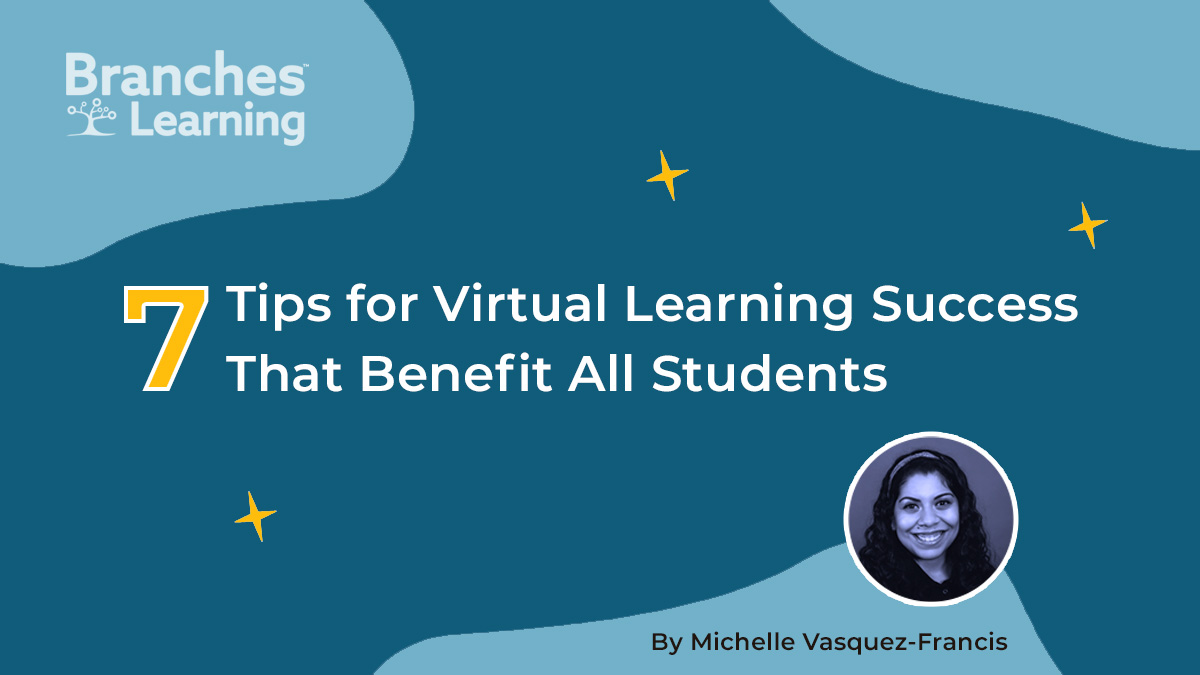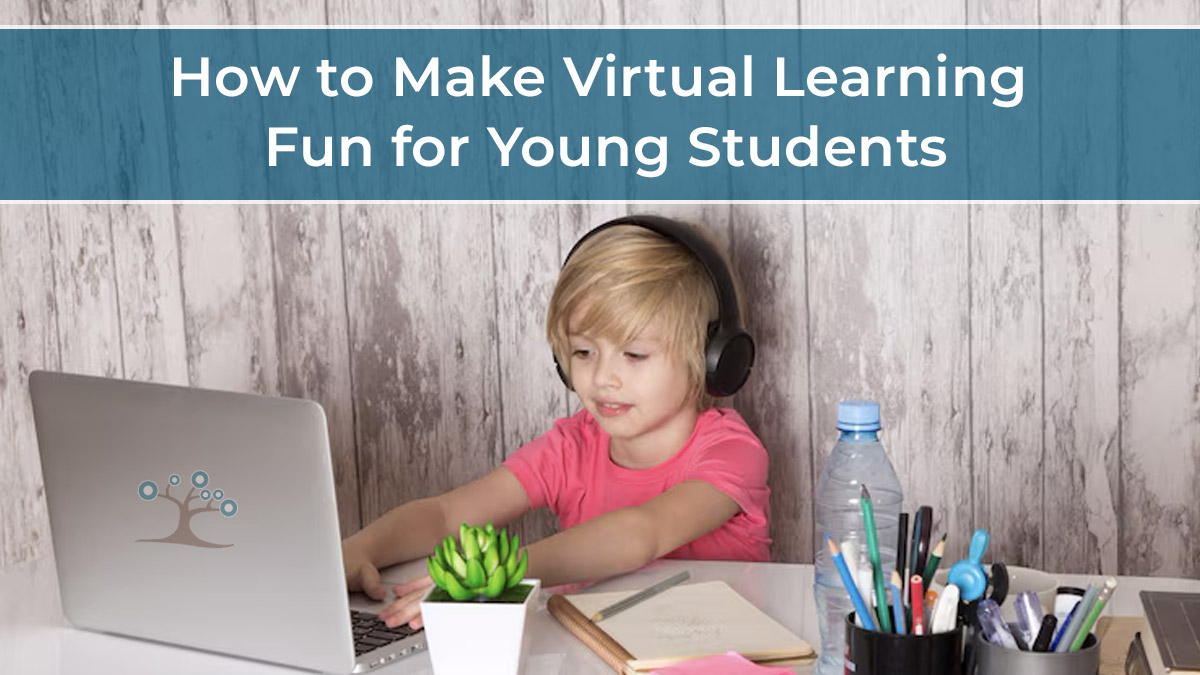In the wake of the digital education explosion, educators and parents adapt to new teaching methods and monitor their children’s learning processes. One major point of contention that arises with online learning is whether to force a ‘camera-on’ policy during classes. While opinions are diverse, there is a persuading opinion that keeping cameras on in virtual classes amplifies the educational experience for students. Let’s delve into the reasons why this practice might be beneficial.
Encouraging Robust Participation and Attention
One of the main reasons for keeping cameras on during online classes is the raised engagement it promotes. When students know they’re seen, it inherently makes them pay attention and actively engage in the lesson materials.
Non-Verbal Communication
With cameras switched on, teachers can see and interpret students’ expressions and body language, just like in an actual classroom. This non-verbal feedback is critical for educators to gain a better understanding of their students in the moment and to change teaching speeds and/or methods accordingly if needed. It also allows more spontaneous queries and interactions, making the online environment more lively and reminiscent of a conventional classroom environment.
Sense of Community
Seeing their classmates side by side fosters a sense of community and belonging. This reminds them that they’re part of a group and participating in a shared educational experience. This is especially important when learners feel isolated in an online learning environment.
Staying on Task
When students’ cameras remain on, they are less likely to multitask on activities unrelated to the task at hand. This discourages them from the temptation of scrolling through social media or indulging in other distractions because their behavior is more visible to teachers and classmates.
Establishing Routines
Routines such as getting dressed, doing your morning hygiene, and setting up a learning space at home could help students mentally prepare themselves for a learning day. Just turning the camera on helps establish a routine that reinforces it is time for school.
Improved Classroom Awareness
Educators can better support their students emotionally and psychologically by observing their day-to-day demeanors. This can provide teachers with clues to those struggling with hidden issues, enabling proper help and timely intervention.
Reduce Feelings of Isolation
The visual presence of classmates can lessen feelings of loneliness and isolation in students learning from home; it creates a virtual classroom where students feel connected to peers, notwithstanding distances.
Considerations and Adjustability
It’s crucial to discuss concerns about forcing camera use, such as privacy and problematic home environments, which could make some students uncomfortable keeping their cameras on.
Fair Policies
Schools should develop rules that respect privacy, but also encourage camera use; for instance, allowing students to blur their backgrounds or mute themselves when needed. Schools should handle each situation in which a family requires the camera to be off, on a case-by-case basis, as some situations do merit having the camera off.
Flexibility and Support
Understanding different circumstances is crucial; Schools have to give helping hands and options to students who struggle with ‘camera-on’ policies, making sure no student is left behind due to limits in technology or the environment at home.
Ending Points: Mixing Benefits and Considerations
The beneficial effects of ‘camera-on’ policies in online education are apparent. They make learning more engaging, increase accountability, provide vital teacher awareness, and lessen isolation amongst peers. However, it’s critical to apply such rules with sensitivity and consideration for the diverse backgrounds and environments of all students. With considerate application, the ‘camera-on’ approach might enhance the online learning experience, making it more effective and interactive.
Embracing cameras in online classes promotes healthy and productive learning and maintains the essential social interaction between students and teachers, which could potentially be lost in virtual learning environments. By striking a delicate balance, educators can forge an inclusive and equal learning space that mirrors traditional classroom dynamics and connectivity.

